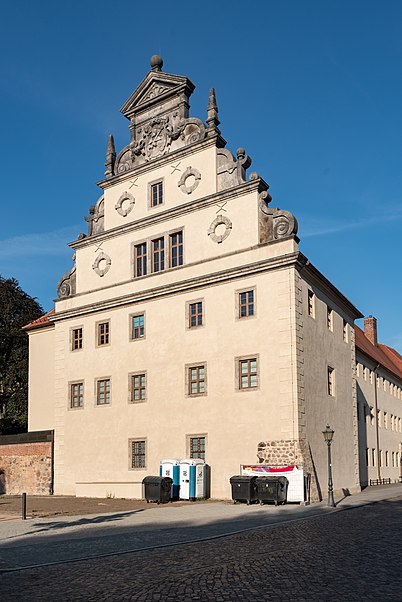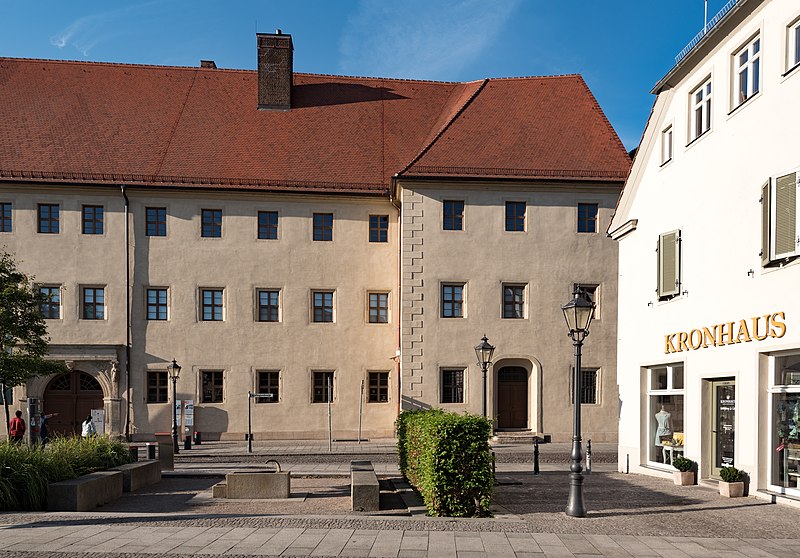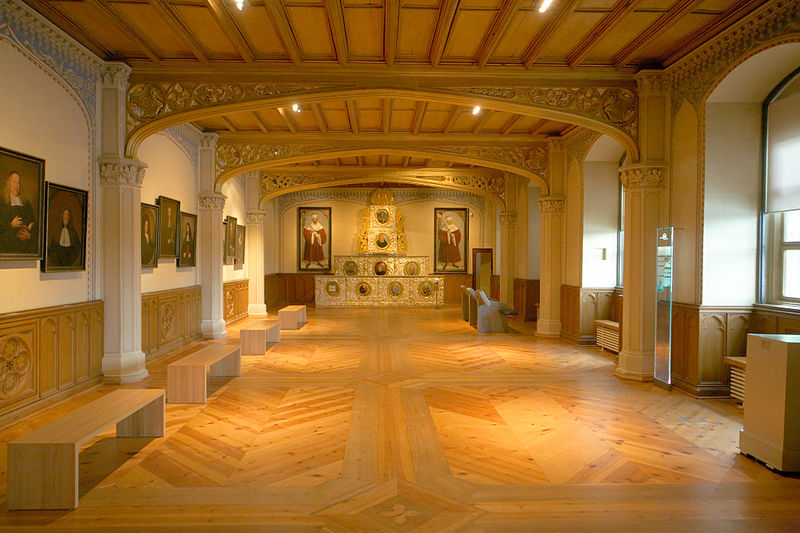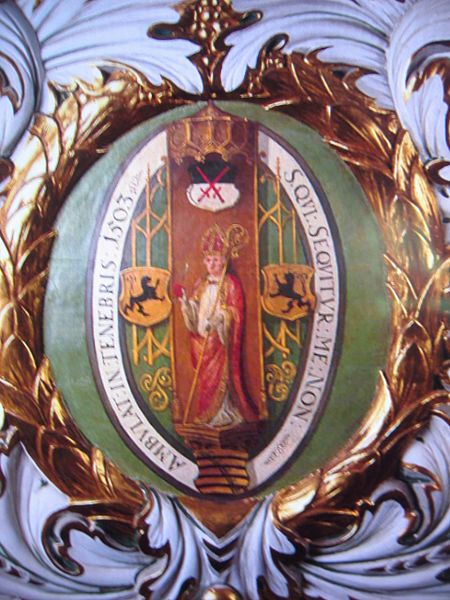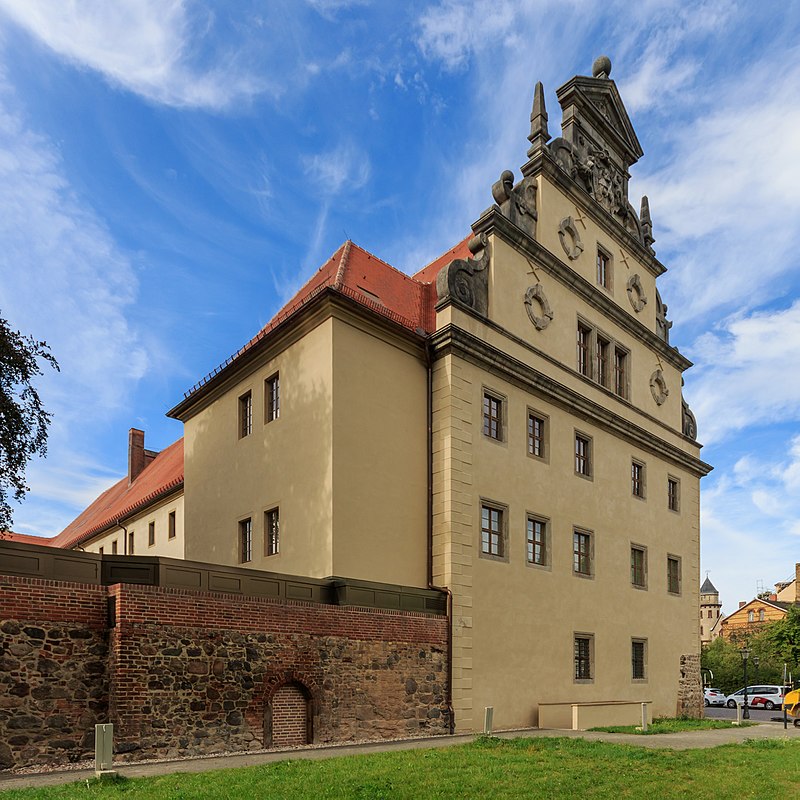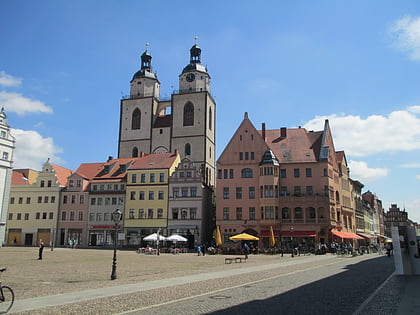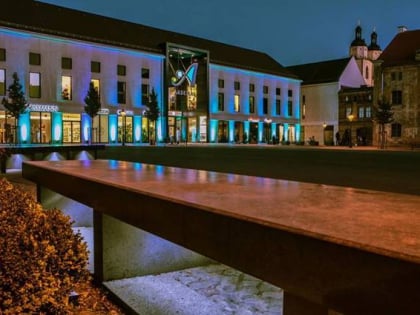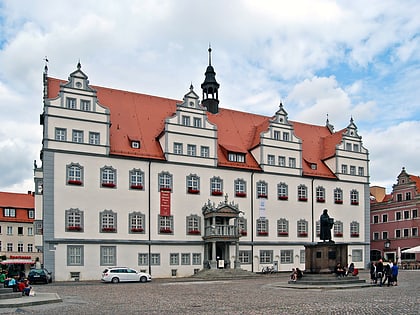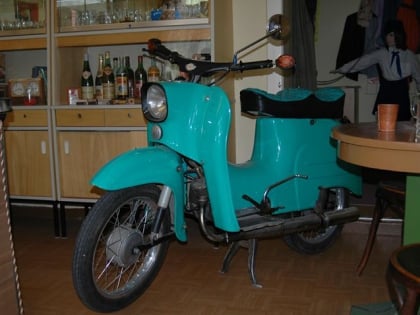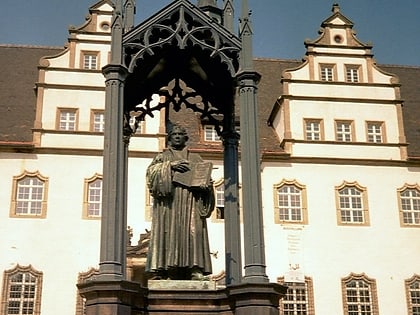Lutherhaus, Wittenberg
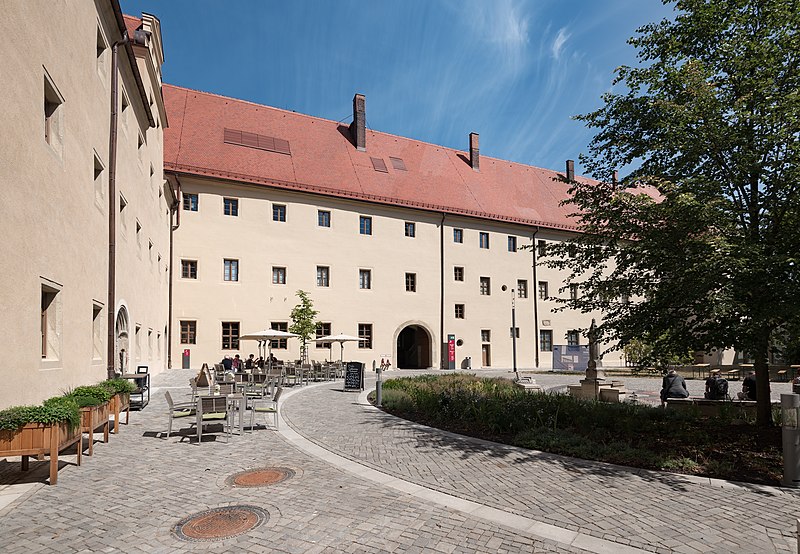
Facts and practical information
Nestled in the heart of Wittenberg, Germany, the Lutherhaus stands as a testament to the profound historical legacy of Martin Luther, the seminal figure of the Protestant Reformation. This museum, once the home of Luther himself, is a magnet for history enthusiasts and tourists alike, offering a window into the life and work of one of Christianity's most influential figures.
The Lutherhaus is not only a museum but also a piece of living history. It was here that Luther, a professor of theology at the University of Wittenberg, lived with his family. The building originally served as a monastery before becoming Luther's residence. It was within these walls that he penned his Ninety-Five Theses, a document that would challenge the Catholic Church and ignite the Reformation across Europe.
Today, the Lutherhaus is one of the largest Reformation history museums in the world. Visitors can explore a vast collection of artifacts connected to Luther's life and the Reformation. These include original documents, such as letters and sermons written by Luther, alongside personal items and early editions of his translated Bible, which played a pivotal role in shaping the German language.
The exhibits are carefully curated to provide a comprehensive narrative of Luther's impact on religion, politics, and society. Interactive displays and educational resources enrich the experience, making it accessible to visitors of all ages and backgrounds. The museum's layout guides guests through the various stages of Luther's life, from his early days as a monk to his later years as a leader of the Reformation.
The Lutherhaus is open to the public year-round, with guided tours available to enhance the visit. The museum also hosts special exhibitions and events, particularly around Reformation Day on October 31st, which commemorates Luther's posting of the Theses.
For those planning a visit to Wittenberg, the Lutherhaus is a must-see destination. Its historical significance and rich displays offer a unique insight into a pivotal moment in European history. The museum's proximity to other notable sites, such as the Castle Church where Luther is said to have nailed his Theses, makes it an integral part of the Wittenberg experience.
Lutherhaus – popular in the area (distance from the attraction)
Nearby attractions include: Schlosskirche, Stadtkirche St. Marien, Melanchthonhaus, Arsenal.
Frequently Asked Questions (FAQ)
Which popular attractions are close to Lutherhaus?
How to get to Lutherhaus by public transport?
Bus
- Hauptpost • Lines: 301, X2 (4 min walk)
- Fleischerstraße • Lines: 301, X2 (6 min walk)
Train
- Lutherstadt Wittenberg Hauptbahnhof (13 min walk)
- Lutherstadt Wittenberg Altstadt (13 min walk)


